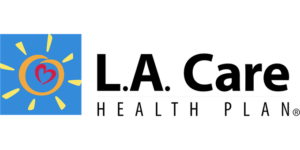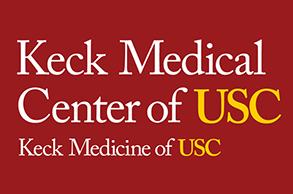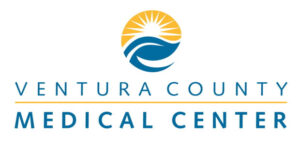Nursing & Healthcare News
The Nursing State of the Nation
Latest RN demographics

Curious about the demographics of nurses nationwide? HRSA’s latest National Sample Survey of Registered Nurses (NSSRN) has the answers, which reveal some important trends in nursing education.
Greater Diversity
Although the NSSRN has been periodically surveying RNs across the country for more than 40 years, it’s been over a decade since the last survey. During that time, HRSA estimates that the total number of licensed RNs in the U.S. has grown 29 percent, to almost 4 million. Of those, an estimated 82.5 percent are currently working in nursing.












